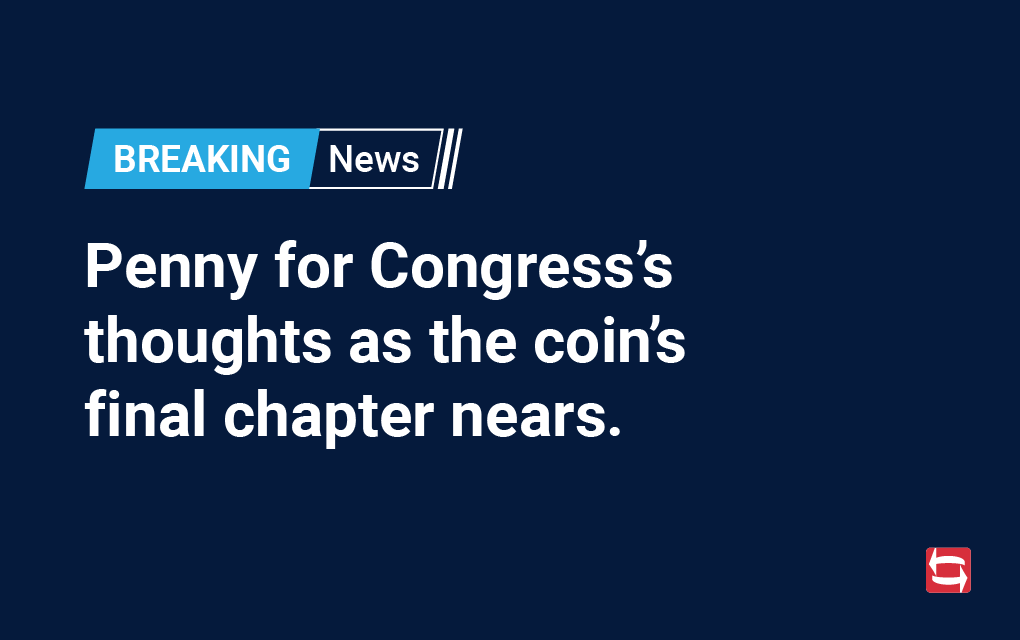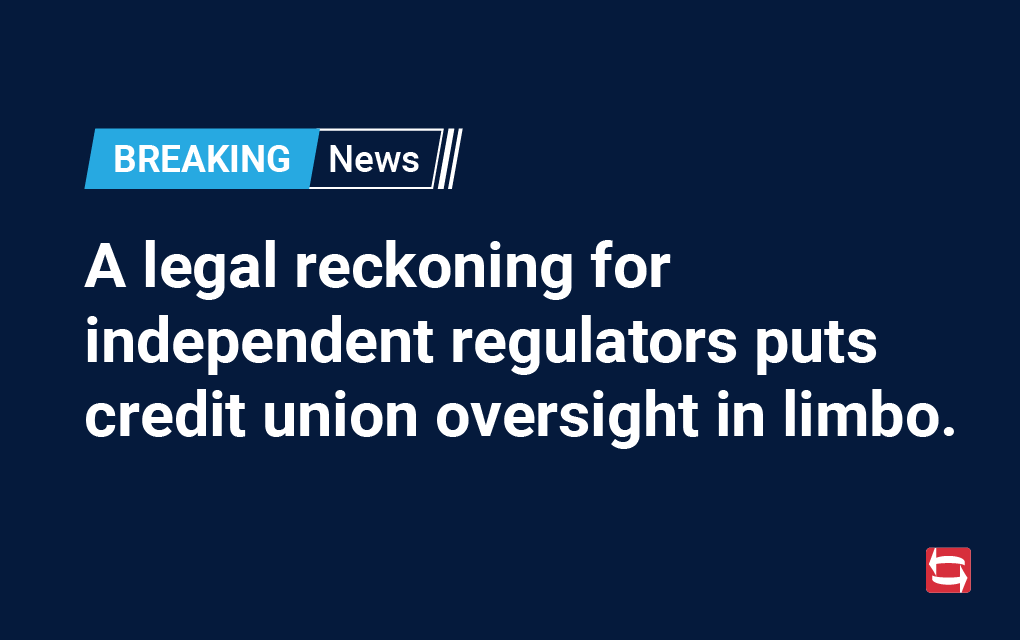
Profits rise for JPMorgan as credit unions eye bank Q2 earnings season
Unlike banks, credit unions do not have to report quarterly earnings, but they often keep close tabs on the results divulged by their bank competitors.
JPMorgan Chase, the largest bank in the U.S., reported a 25% year-over-year jump in earnings in the second quarter of 2024 to $18.15 billion.
The $4.1 trillion-asset bank on Friday morning kicked off second-quarter earnings season for U.S. banks, and investors and industry analysts look at Chase as a bellwether for a slew of regional banks slated to report results next week.
Credit union CEOs also often follow some of the largest banks in the country to see how particular lines of lending are performing and what strategies they are using.
Publicly traded companies, including banks, are required by the Securities and Exchange Commission to file earnings reports at the end of each quarter detailing the company’s performance.
But not-for-profit organizations such as credit unions are under no such obligation. They are required to file call reports with their regulators, but credit unions don’t host public calls for the investor and analyst community like banks do.
Some credit union CEOs believe that large banks such as Chase are worth watching because their bird’s-eye view of national trends could uncover a risk that smaller banks and credit unions have yet to see in their local markets.
Chase’s CEO Jamie Dimon said in a prepared statement that he is wary of some ongoing potential risks including higher interest rates and inflation.
“The geopolitical situation remains complex and potentially the most dangerous since World War II — though its outcome and effect on the global economy remain unknown,” Dimon said. “There has been some progress bringing inflation down, but there are still multiple inflationary forces in front of us: large fiscal deficits, infrastructure needs, restructuring of trade and remilitarization of the world.”
Chase also reported that average loans were up 6% year-over-year in the quarter while deposits fell 1%.
Additionally, expenses came in at $23.7 billion in the quarter for Chase, up from $22.8 billion in the first quarter.
“There has been some progress bringing inflation down, but there are still multiple inflationary forces in front of us: large fiscal deficits, infrastructure needs, restructuring of trade and remilitarization of the world. Therefore, inflation and interest rates may stay higher than the market expects.”
– Jamie Dimon
CEO
JPMorgan Chase








